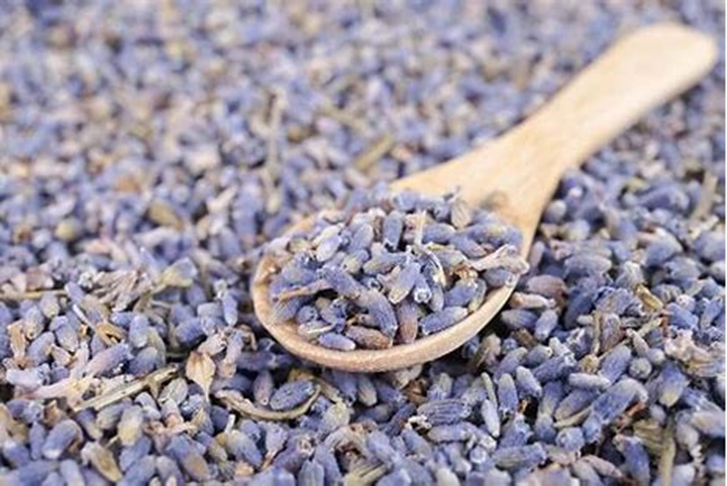A nurse is caring for a client who is 2 hours post-op, receiving a clear liquid diet. Which of the following food choices by the nurse is appropriate?
Banana shake.
Grape juice.
Scrambled eggs with avocado.
Milk.
The Correct Answer is B
Choice A rationale:
A banana shake is not appropriate because it is not a clear liquid. Clear liquids are foods that are clear and liquid at room temperature.
Choice B rationale:
Grape juice is a clear liquid, which is appropriate for a client who is 2 hours post-op and receiving a clear liquid diet.
Choice C rationale:
Scrambled eggs with avocado is not a clear liquid. It is a solid food, which is not appropriate for a client who is 2 hours post-op and receiving a clear liquid diet.
Choice D rationale:
Milk is not a clear liquid. It is a dairy product, which is not appropriate for a client who is 2 hours post-op and receiving a clear liquid diet.
Nursing Test Bank
Naxlex Comprehensive Predictor Exams
Related Questions
Correct Answer is D
Explanation
Choice A rationale:
Orange essential oil is known for its uplifting and worry-reducing properties, not necessarily for promoting sleep.
Choice B rationale:
Ginger essential oil is often used for its anti-inflammatory properties and can help with digestion, but it doesn’t directly promote sleep.
Choice C rationale:
Peppermint essential oil is commonly used for its refreshing and invigorating properties, not for sleep promotion.
Choice D rationale:
Lavender essential oil is widely recognized for its calming and soothing properties, which can promote sleep.

Correct Answer is C
Explanation
Choice A rationale:
Captopril is an ACE inhibitor, not a beta blocker. It’s used to treat hypertension, but it’s not a beta blocker.
Choice B rationale:
Warfarin is an anticoagulant, not a beta blocker. It’s used to prevent blood clots, not to treat hypertension.
Choice C rationale:
Atenolol is a beta blocker. It’s often prescribed for hypertension because it can reduce the workload on the heart and help it beat more regularly.
Choice D rationale:
Aspirin is a nonsteroidal anti-inflammatory drug (NSAID), not a beta blocker. It’s often used to reduce pain or inflammation, and can help prevent heart attacks in some people, but it’s not used to treat hypertension.
Whether you are a student looking to ace your exams or a practicing nurse seeking to enhance your expertise , our nursing education contents will empower you with the confidence and competence to make a difference in the lives of patients and become a respected leader in the healthcare field.
Visit Naxlex, invest in your future and unlock endless possibilities with our unparalleled nursing education contents today
Report Wrong Answer on the Current Question
Do you disagree with the answer? If yes, what is your expected answer? Explain.
Kindly be descriptive with the issue you are facing.
